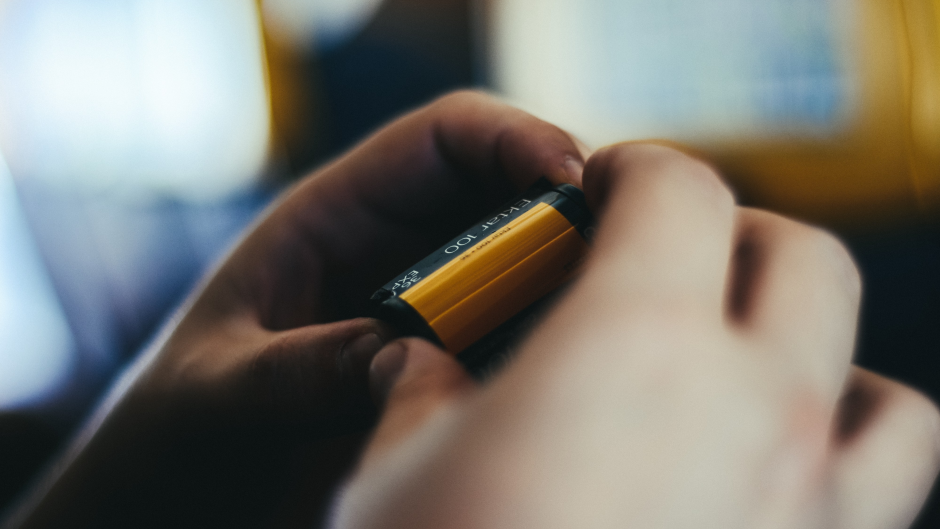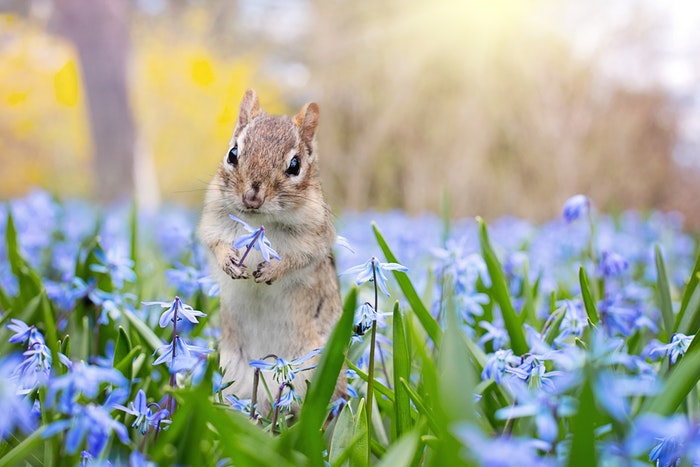I am fascinated by the way light plays with the image in an image. I like to keep my eye on the light and the nature of light. I try not to be constrained by the rules of photography, and I never worry about the technical aspects. I always try to use the software most suited to my needs. I am a raw shooter, and I still like to keep the original files raw, and I often shoot at ISO 3200.
Before digital cameras were even invented in the dark ages of film photography, a photographer had to think about exposure and focus during the film development process. The light meter in the camera was not enough, and the photographer had to make a judgment call about where the camera should focus and how much time to expose the film for the given ambient light on the scene.
What is ISO?
ISO is an acronym for International Standard Film, and it is a measurement of film speed. In the photography world, ISO (or ISOs) are used to describe the sensitivity of an image sensor to light. The more sensitive the sensor is to light, the higher the ISO will be. The term ISO (International Standards Organization) has a variety of meanings and uses in the world of photography. What is ISO? What is a good ISO setting?
What is the best ISO setting for a landscape with a good depth of field? How do you know if your ISO settings are good? This is a difficult question to answer because there are so many variables between cameras and subjects. The best place to start is by looking at photos with different ISO settings. Most beginners to the world of photography have a difficult time getting their photos to look like the images in their heads. They don’t have the right light, the right subject, their composition is off, or their camera just isn’t working. It is a common problem that requires more than one shot to get the image you want, but how many shots are needed depends on the situation.
What do ISO Numbers mean?
ISO numbers are how a camera tells the light meter how much light it needs to put on a pictures’ sensor to produce a proper exposure. The lower the ISO number, the less light the camera needs and the more noise the pictures will have. A good way to control noise is to use slower shutter speeds. For this reason, many camera manufacturers, including Canon, Nikon, Sony, and Sony Alpha, have added ISO numbers to their cameras for that purpose.
When it comes to photography, the higher the ISO value, the lighter the camera sensor can collect, but cameras typically do this without sacrificing image quality. Most digital SLR cameras have an ISO range from 100-3200, meaning ISO numbers are how a camera tells the light meter how much light it needs to put on a picture sensor to produce a proper exposure. ISO numbers below 100 result in fewer light requirements by the camera, resulting in higher noise levels, making it necessary to edit the photographs with noise reduction tools made available by the likes of Topaz Labs. A good way to control noise is to use slower shutter speeds. For that reason, many camera manufacturers, including Canon, Nikon, Sony, and Sony Alpha, have added ISO numbers to their cameras. They take in a huge amount of light but still maintain a high-quality image. For example, you can take a picture of a full moon on a clear night and get a picture indistinguishable from a full moon shot at ISO 100. A camera with a higher ISO will also do better in low-light situations. For instance, using a high ISO in low light will allow you to take pictures of a room full of people with little to no flash.
For those of you who are new to the scene, an ISO (International Standards Organization) is a measurement of the light sensitivity of a sensor. In other words, it is a measure of light sensitivity. As we all know about ISO, the light sensitivity, we can change the camera’s sensitivity, the higher the ISO number, the more sensitive camera will be, but the noise will be more. Contrarily, if the ISO number is low, it will produce less noise, but the picture will be grainier.

